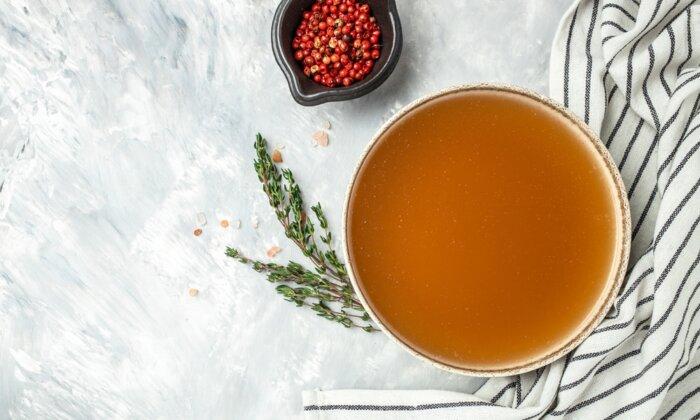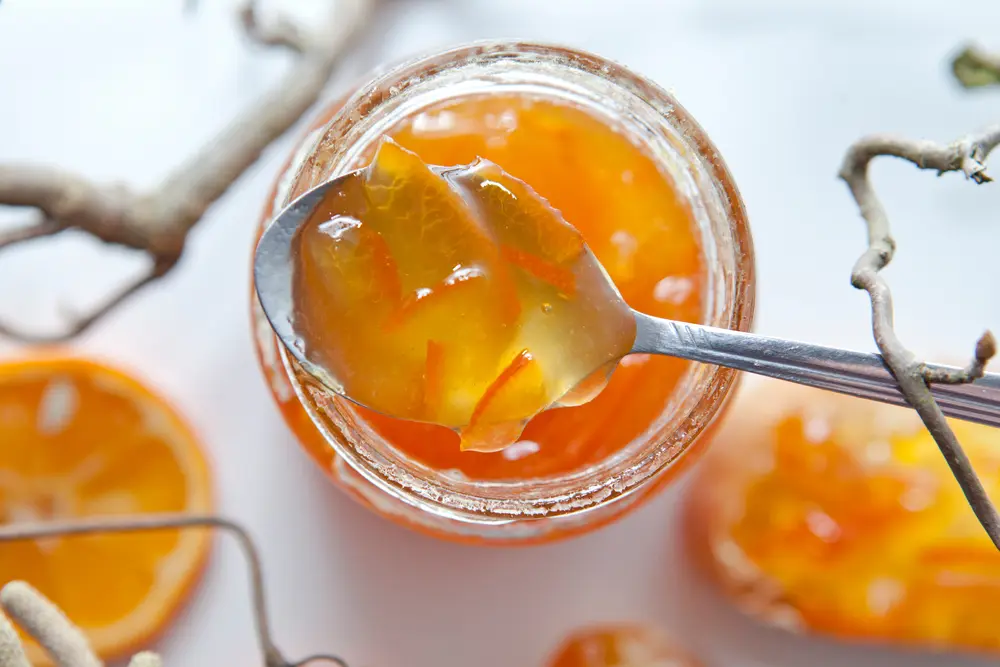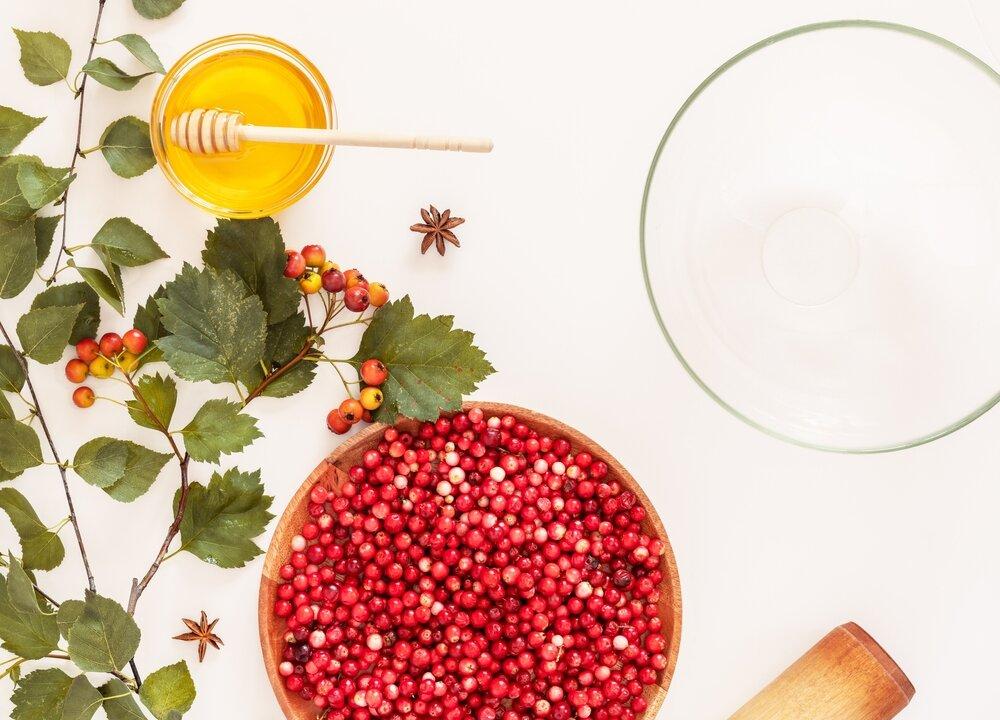Broth, Stock, and Bone Broth
Beef broth is made by simmering meat on the bone in water along with vegetables and various aromatics, such as onions, herbs, and spices. This mixture creates a thin but flavorful liquid that makes an excellent base for soups. After creating the beef broth, you can remove the meat from the bones, shred it, and use the meat to add to soups, sandwiches, or casseroles.Stock, on the other hand, is made primarily with bones that have little or no meat on them, such as marrow bones, which you simmer in water with vegetables and aromatics. For added flavor, you can roast the bones and other ingredients in your oven before simmering them. The bones you use when making stock contain collagen, and when you simmer the bones, they‘ll release their collagen into the water and create gelatin, which makes stock richer in texture than broth. You can often use stock to make sauces, and if you partially evaporate stock, you’ll create what is known as a demi-glace that you can use as a richly-flavored sauce without any other preparation.
You can make broth and stock relatively quickly, with broth requiring no more than a two-hour simmer and stock taking a bit longer, up to four hours. However, both cook times are still shorter than the time it takes to simmer a true bone broth.
So where does beef bone broth fit in here? Bone broth is a unique combination of meaty bones, marrow bones or other meatless bones, and high-cartilage bones, such as oxtails, knuckles, or patellas. You can also use tendons and ligaments to make beef bone broth.
First, you‘ll want to brown the bones you select for your beef bone broth in the oven. Second, you’ll soak your browned bones in a large stock pot in acidulated water for one hour. This soak helps to accelerate the release of collagen from the bones into the water.
Once you’ve finished soaking your bones, you‘ll bring the water to a boil, quickly turn down the heat to a very low simmer, and skim off any foam that rises to the top. Next, you’ll add the vegetables and aromatics or other seasonings to the stockpot. The vegetables add minerals to the bone broth, and your choice of aromatics or other seasonings, such as herbs and spices, can offer various additional benefits, including anti-inflammatory properties, to your resulting bone broth. Once the vegetables and aromatics have been added, the bone broth will continue to simmer on low for an extended period of time.

It’s All About the Gelatin
It’s the combination of all three of these types of beef bones, along with a long, gentle simmer, that makes an exceptionally flavorful liquid and one that is extremely rich in gelatin. Bone broth is considerably richer in gelatin than stock, thanks to the addition of the high-cartilage bones. We put so much emphasis on creating gelatin-rich bone broth because gelatin is rich in the nutrients that soothe our digestive tracts. In essence, the gelatin primes the pump of our stomachs to receive food and digest it properly. The gelatin in bone broth also lubricates our joints, strengthens our hair and nails, and adds elasticity to our skin.Gelatinous bone broth is also high in protein and is known as a protein-sparer, which means that when you consume bone broth with other forms of protein, the bone broth maximizes your digestive system’s ability to absorb the protein from the other foods you are consuming. Using a protein-sparer is exceptionally important when the protein you eat may be in limited supply.
Note that you can also make bone broth in different ways; you don’t always have to use beef bones. You can create bone broth with assorted other types of meat bones, including bison and lamb, and make alternative versions of bone broth with chicken and other poultry carcasses, pigs’ feet or knuckles, and even fish bones!

5 Ways to Use Bone Broth
The secret to getting the most out of bone broth is to try to incorporate it into all your meals. Beyond just enjoying it as a sipping broth, there are at least five more ways to incorporate bone broth into your meal prep.- In place of water when making soups or stews
- In place of water when cooking grains
- To make gravies and to deglaze a pan when making a sauce
- In place of milk or cream when making mashed potatoes
- In place of other liquids in smoothies







